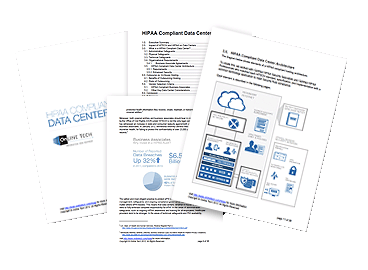The global healthcare industry has achieved unprecedented success in improving the quality and length of human lives all over the world in recent years. It has done so well, in fact, that the average global life expectancy in 2016 reached 72 years, including a 5.5-year increase since the year 2000 alone. That success, however, is not without a cost.
As life expectancy rises, so too does the average age of the population in many industrialized nations. Ironically, the explosive rise in the need for aged care is putting a tremendous strain on healthcare systems around the world and pointing to a crisis in the making. Globally, it’s proven difficult for senior care organizations to staff up to meet their current needs, much less to keep pace with the rapidly rising demand. There are solutions on the horizon, though. Here’s a look at some of the ways that the global healthcare industry is planning to meet the demand for aged care in 2018 and beyond.
Embracing Robotics Technology
When looking for innovation in senior care services, it’s easy to figure out that Japan is the place to look. With the oldest population in the industrialized world, Japan’s healthcare industry has had to adapt to an aging population sooner than just about anywhere else in the world. The Japanese government expects that the nation will face a shortage of 380,000 specialized senior care workers, and has embraced a cutting-edge solution – robots. The government has funded robotics research for the senior care industry, leading to the deployments of robotic technology into at least 5000 nursing homes around the country. The solutions range from robotic-assisted mobility equipment, all the way to AI-powered robot pets to provide companionship for residents.
Expanding e-Learning Opportunities
Australia is facing a demographic future that looks very much like Japan’s present, and they’re not waiting around while it happens. The healthcare industry, in concert with the government, is taking steps to increase educational opportunities for potential aged care workers. Through the government-backed TAFE system, interested students can enter online vocational programs to earn a certificate III in aged care, which is necessary to work in the Australian senior care industry. The goal is to train enough qualified home healthcare workers to allow for the creation of a stable community-based home healthcare system before any serious labor shortfalls in the system can take hold.
Home Health Monitoring
In the United States, the aging baby boom generation is expected to strain the healthcare system there nearly to a breaking point. The healthcare industry is responding with a whole raft of technologies designed to assist seniors who are aging-in-place in their homes. Helping seniors to avoid nursing home care and stay in their homes is a key part of the nation’s strategy for caring for their aging population. Already, products like the Lively Home monitoring system provide a comprehensive way for family and medical staff to keep tabs on seniors in their own homes. The included suite of sensors keeps track of daily routines, medication schedules, and sleep patterns to feed a predictive analytics engine that can spot potential health risks before they become serious enough to require offsite care.
A Global Concern
As the healthcare industry around the world continues to adapt to the challenges of caring for aging populations, they’re sure to roll out even more innovative strategies in the coming years. The early results so far seem promising and offer a small glimpse of what’s likely to come. The good news is that the healthcare industry has a long track record of success, and will be sure to overcome this latest challenge as they have with all others. Their history suggests that the public health is in good hands, and will remain that way for generations to come – at any age.









